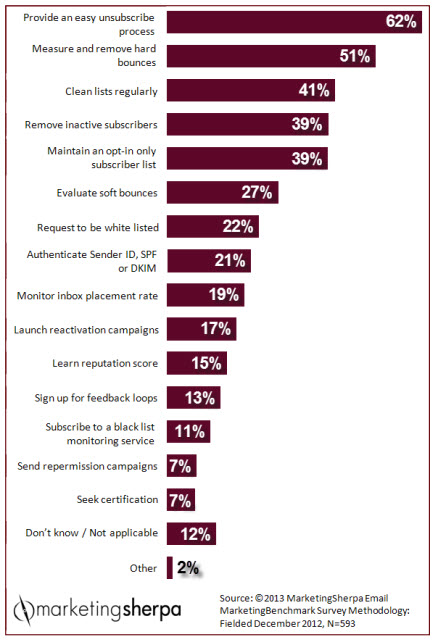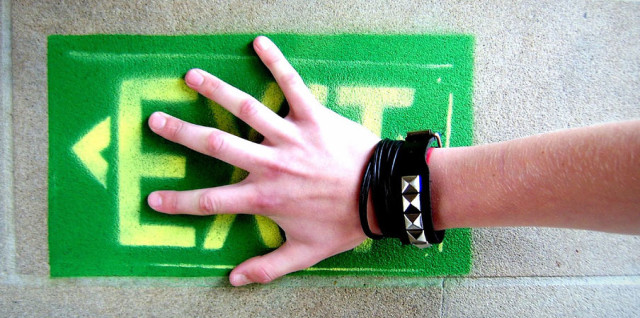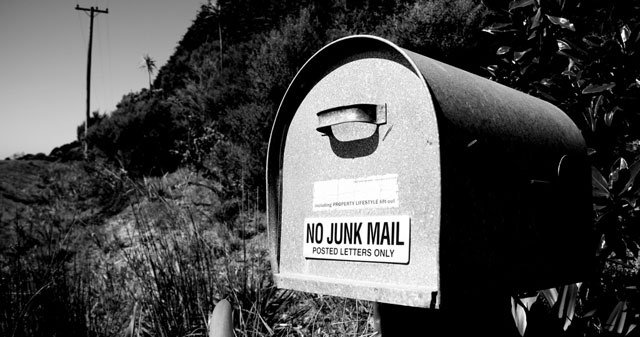Marketers have many ways to influence and actively work on improving their deliverability. But which tactics do they really use? In their yearly Email Marketing Benchmark report Marketingsherpa asked which Email deliverability tactics organizations use to improve deliverability rates.
 Q: Which of the following tactics is your organization using to improve email deliverability rates? Select all that apply.
Q: Which of the following tactics is your organization using to improve email deliverability rates? Select all that apply.
See a full size version of this chart
There are many ways a marketer can actively work on improving his deliverability. Some are more widespread and well known than others.
In their Email Marketing Benchmark report, Marketingsherpa asks which Email deliverability tactics organizations use to improve deliverability rates. With many of the options being email sending best practices.
Easy Unsubscribe as top deliverability tactic
62% of surveyed email marketers provide an easy unsubscribe process, which makes it the top chosen tactic in this list. Providing an easy unsubscribe process reduces the number of spam complaints and should at the same time influence the brand image / customer experience. The second third and fourth on the list concern list hygiene: With 51% saying they measure and remove hard bounces and 41% cleaning their lists regularly. Similarly 39% remove inactive subscribers.
The big follow up question is: If only 62% of email marketers employ an easy unsubscribe, does this mean that 38% does not?
Most marketeers don’t send permission based
According to the research, 39% of email senders take a strong permission-only stance, for that group has an email list comprised out of purely opt-in email addresses. Although not legally required by the US CAN-SPAM law, requesting permission to send is required in many other parts of the world and seen as a deliverability best practice. It seems remarkable that from this survey only 21% authenticate their email using SPF, sender ID or DKIM but almost the same percentage asks for whitelisting.
17% launches re-engagement or reactivation campaigns and 7% sends a repermission emails — asking people on the list if they still want to keep receiving email messages from the sender. This tactic is most often used to re-engage with dormant subscribers.





